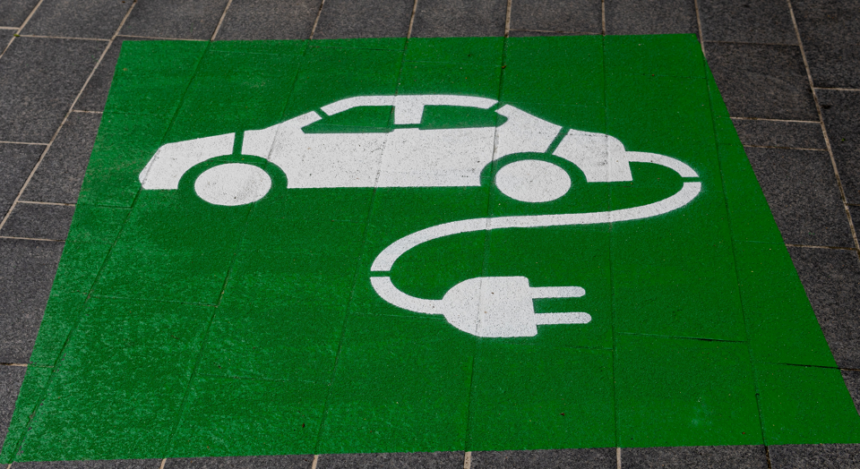The automotive industry in India stands at its most challenging crossroad, yet as the lockdown continues and business-related activity has come to a grinding halt for the entire value chain. The latest projections for the automotive industry as a whole is highly discouraging. The combined estimated de-growth between FY19 and FY21 (YoY) could be in the range of 33 to 38 per cent. The forecast bases itself on current GDP projections for FY21. If in case there is a 1% slide in GDP, the consequent results for the auto industry would be catastrophic.
The fledgeling EV industry as a sub-set of the larger auto industry in India is on a crossroad of its own. The infrastructure starved EV industry is dotted by a few large OEMs which have taken the plunge in the market with no visible scale yet. The market is full of start-ups – mostly in the E-2W and E-3W segment who are yet to make any significant contribution. Currently, there is massive apprehension fuelled by declining cash reserves, supply chain disturbance after the lockdown and bringing it to pre-COVID levels as also the feeling in some quarters of a lack of impact from FAME II, especially on the E-4W front. ‘The Society of Manufacturers of Electric Vehicles’ (SMEV) has predicted that 15% of the 1400 odd electric vehicle dealerships in the country could shut down once the lockdown is lifted owing to limited financial bandwidth of first time entrepreneurs who own these outlets. This would be the case, especially in tier-2 and tier-3 towns.
The government of India has announced an ambitious target of 30% EVs by 2030. While this target is laudable in itself, robust action plans and rigorous implementation on the ground is the need of the hour.
The year 2020 was considered by many to be a watershed one for the Indian EV industry, and the future of Indian EV looked rosy. The global pandemic and subsequent lockdowns from March this year brought economic activity to a standstill.
However, EVs are the way forward for the future of mobility in India. It is imperative – whether in the personal or fleet space – that we spare no effort to meet and even surpass the goals set for 2030.
Acceleration of adoption would require to be backed up by indigenisation of the supply chain with rapid strides. Post lockdown, new markets may open up for component supply, and the companies in affected countries may look at collaboration opportunities with the Indian supplier ecosystem. JVs, inorganic growth opportunities, technical collaborations with global players for Motors, Controllers, Chargers, EMS, Batteries and more could become the much-needed boost for building domestic capability. Policymakers from various industries have to come together – despite negative sentiments bred by the pandemic – and put down win-win criteria for SMEs and MSMEs to have access to affordable capital keeping long-term interests of the country in mind. COVID-19 has affected the whole world and its economy. The possible international ramifications COVID-19 may also necessitate bold policy strides. It is interesting to note that ~12% of EV components come from Europe and USA and ~60% from China. It remains to be seen how currency fluctuations coupled with travel restrictions would impact sourcing efforts for Indian EV manufacturers.
The National Electric Mobility Mission Plan 2020, announced in August 2012 envisaged total xEV sales of 6-7 million units. Under the path-breaking FAME I scheme launched in 2015, INR 529 Cr. saw utilisation between FY2015-19. This is highly commendable as a first step. However, as per industry reports, approximately 3600 electric vehicles were sold in FY19 as against 31.6 lakh fossil fuel-powered cars. The total number of EVs, including all forms of mobility, is estimated at 400,000 plus. The number could be slightly higher as many e-rickshaws run without registration. Evidently, the gap between vision and execution on the ground is not small, as the figures show. The nascent EV industry has to try and narrow this down quickly. However, one of the segments which large OEMs are betting on is the E4W personal mobility space which FAME II does not address with subsidies. This needs to be taken care of in a suitable manner, possibly with a separate subsidy scheme. Subsidies on EVs in China, for example, between the years 2013 – 2017 amounted to about RMB 50 billion ($7 billion). While in all likelihood, the government would need to enable support and stimulus packages to established industry sectors for post COVID-19 revival, the EV industry would need to be heard as well. The long-term impact of this nascent sector is criticla to say the least.
It is worthwhile to mention that Electra EV is sparing no effort to accelerate the future of electric mobility in India. The company offers relevant and affordable EV powertrain solutions, systems and services to support OEMs, orchestrators and tier-1 suppliers. It is also worthwhile to note that the India market, and for that matter globally too, a one-size-fits-all approach cannot work for electric mobility. As a specialist company in the electric vehicle powertrain market, Electra EV is continuously innovating to bring new solutions to the forefront in its core areas of powertrain optimisation and energy utilisation. The company does this through developing and adapting electric powertrain technologies and by utilising a systems approach to arrive at range and torque requirements in real use case scenarios. A large part of the development today is centred around validating solutions in these conditions. Electra EV also leads the charge with industry partners to research consortia, working on various battery chemistries for range and life extension.

